13 TIPS AND IDEAS FOR CELEBRATING NATIONAL INDIGENOUS PEOPLES DAY IN YOUR SCHOOL
Written by Sissy Thiessen, Resiliency Coordinator, Ever Active Schools
Every year on June 21, schools all across the nation take the opportunity to celebrate Indigenous culture, history and contributions for National Indigenous Peoples Day. A way that many schools commemorate this special day is by hosting school-wide activities and celebrations. Many Alberta school jurisdictions have specific departmental support for Indigenous (First Nations, Métis and Inuit) students and Indigenous content across the district, so be sure to connect with your district to see what supports are offered. Whether this is your first year hosting such celebrations, or you’re a seasoned school event manager looking for new ideas, the following information is for you!
Before you can get started with your planning, it’s important to note that all of the following tips can be enacted on all other days of the school year! For a more comprehensive list of how to honour Indigenous people, culture and traditions every day in your school, see pages 16-17 of this Healthy Schools Alberta Magazine article. For information on any unfamiliar terms in this document, as well as a connection to an Elder or Knowledge Keeper, consult your district Indigenous support department or local Alberta Native Friendship Centre.
- Consult an Elder or Knowledge Keeper: This is critical to ensure all your activities are culturally and territorially appropriate, as well as to provide opening prayers, activities or teachings. Prior to the event, protocol should be presented to these keepers of knowledge*.
- Honour Student Voice: Form a leadership group that plans Indigenous-focused events and initiatives, as well as conducts land acknowledgements.
- Make It a Week-Long Event: Allocate individual days to showcase Métis, First Nations and Inuit cultures. Activities could include raising a tipi, making bannock, learning how to jig or throat sing, hosting dancers, performers or playing traditional games.
- Have a Fire: Use or make a fire pit to bake bannock on a stick, have an Elder or Knowledge Keeper share stories, read a book or make a craft.
- Let Your Students Shine: Give stage, announcement, bulletin board or gallery space to your First Nations, Métis and Inuit artists, musicians, speakers, writers, dancers or other student performers.
- Create Collaboration: Create space and structure for Indigenous and non-Indigenous students to gather, plan and participate in intercultural exchanges.
- Host a Celebrity: National Indigenous Peoples Day is a great day to invite Indigenous role models such as authors, artists, athletes and performers into your school.
- Make it Indigenous-Themed: Consult a local Elder, Knowledge Keeper and/or your district Indigenous support department to include traditional language, history, dance, stories, arts and crafts into all subject lessons.
- Host A Family Event: Plan and invite families to a school-hosted round dances, feasts, mini Pow Wow or other event.
- Have a Flagstaff Ceremony: Invite an Elder and leader from a nearby Indigenous community to create and raise a traditional flagstaff to mount alongside the provincial and national flags.
- Introduce A Ceremony Space: Make space and create a policy for smudging indoors, have medicine available onsite and arrange for an Elder or Knowledge Keeper to visit regularly.
- Take A Trip: Take students on a field trip to a local Indigenous community or centre to participate in one of the various National Indigenous Peoples Day events taking place across the country and province.
- Rock Your Supportive Swag: Make sure to put on t-shirts, pins, buttons, ribbons and other wearable awareness items, both on National Indigenous Peoples Day and for other important campaigns throughout the year such as Orange Shirt Day, The ReDress Project, Traditional Anti-Bullying and the Moose Hide Campaign.
Comment below and let us know how you’re planning to celebrate!
* An offering of sacred medicine, primarily tobacco, to honour the ceremonial sharing of prayer, knowledge & wisdom from Elders or Knowledge Keepers. Typically presented before the prayer or event, along with an honorarium. The formal style of the tobacco offering vary depending on the Elder, Indigenous nation or territory. To know which style to offer, such as non-patterned broadcloth and loose tobacco in many Cree communities, consult the individual Elder or Knowledge-Keeper, the nation of which they descend or your district Indigenous department to help connect you.


